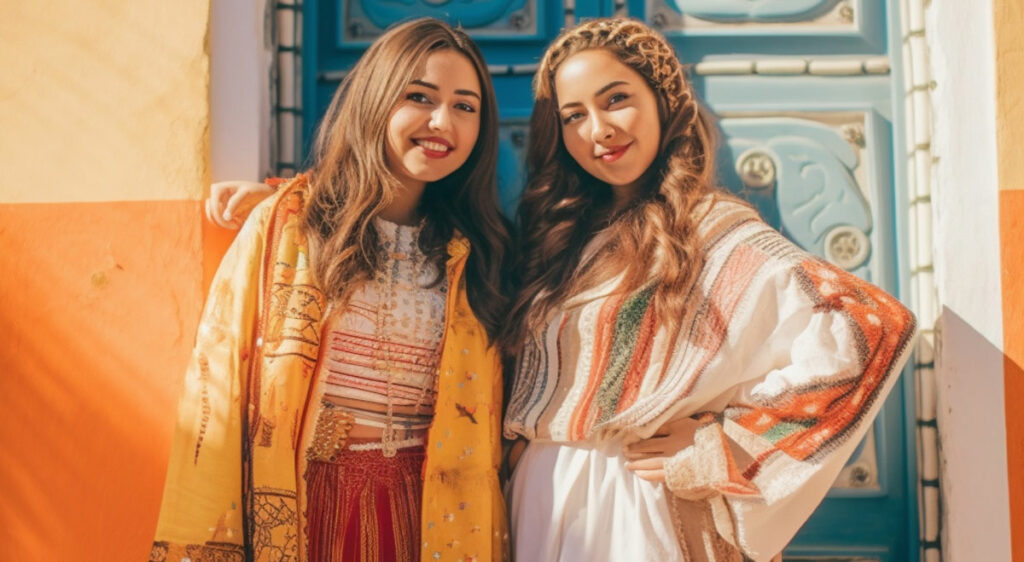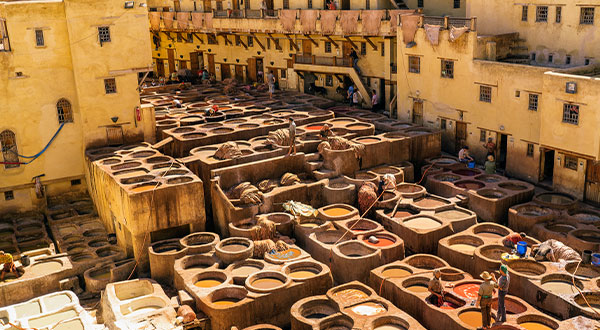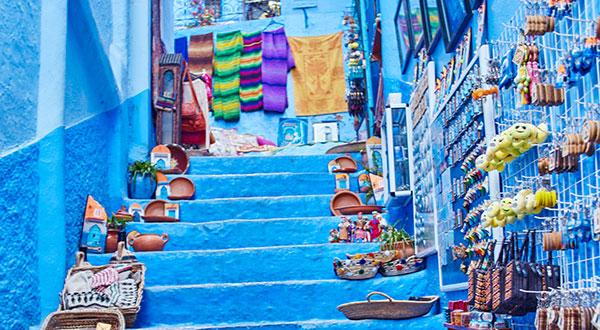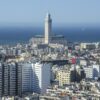Unlocking the Magic of Morocco: Visa Requirements for UK Residents
Unlocking the Magic of Morocco: Visa Requirements for UK Residents

If you’re a UK resident seeking an enchanting escape to the vibrant and mystical land of Morocco, you’re in for a treat! Morocco, often associated with the allure of Arabian nights and genies, is a place of incredible diversity, from the bustling markets of Marrakech to the serene Saharan dunes. However, before you embark on your magical Moroccan journey, you may be wondering about the visa requirements for UK residents. Fret not, for we are here to unveil the secrets of Moroccan travel!
Discovering Morocco – A Treasure Trove of Experiences
Morocco, located in the northwest corner of Africa, is a country that transcends time and space. Its blend of ancient traditions and modern influences is sure to captivate the hearts of travelers. From the grandeur of the Atlas Mountains to the charm of the coastal towns, Morocco offers a multitude of experiences, such as:

Marrakech, the Red City
Lose yourself in the medina's maze, explore the historic palaces, and get mesmerized by the vibrant souks. The Jamaa el Fna square, with its street performers and food stalls, is an adventure in itself.

The Sahara Desert
Embark on a desert safari and spend a night under a sea of stars in a Berber camp. The silence and vastness of the Sahara are truly awe-inspiring.

Fes, the Cultural Hub
Dive deep into Moroccan history in the city of Fes, known for its labyrinthine medina, madrasas, and ancient tanneries.

Chefchaouen, the Blue Pearl
Find tranquility in the azure alleyways of Chefchaouen, a town nestled in the Rif Mountains.

Coastal Delights
Relax on the sunny beaches of Agadir or explore the coastal charm of Essaouira, known for its historic medina and windswept ramparts.

Visa Requirements for UK Residents
The good news is that Morocco, known for its hospitality and openness to tourists, doesn’t require a visa for UK residents staying for up to 90 days. Here are a few things to keep in mind:
Ensure your passport is valid for at least six months from your planned entry into Morocco.
Make sure to receive an entry stamp upon arrival and an exit stamp upon departure. These are essential for a hassle-free experience.
If you plan to stay in Morocco for more than 90 days, you can request an extension from the nearest police station.
While visa requirements may change, it’s always a good idea to check the latest information with the Moroccan embassy or consulate in the UK before your trip.
The Magic of Morocco
Awaits You
Morocco is a land of breathtaking landscapes, intricate architecture, delectable cuisine, and a warm, welcoming culture. Whether you dream of traversing the ancient medinas or riding camels into the endless dunes of the Sahara, Morocco has something extraordinary to offer every traveler.
So, dear UK residents, if you’ve been contemplating your Moroccan adventure, rest assured that the magic of Morocco is within your grasp. With visa requirements for UK residents being quite reasonable, it’s time to unlock the treasure chest of Morocco and uncover the enchanting secrets hidden within this captivating country. Your genie may not grant you three wishes, but Morocco will grant you an abundance of unforgettable memories!
-
Unlocking the Magic of Morocco: Visa Requirements for UK Residents 23. October 2023
-
Extraordinary 16 Days Adventure to Morocco 4. July 2023







